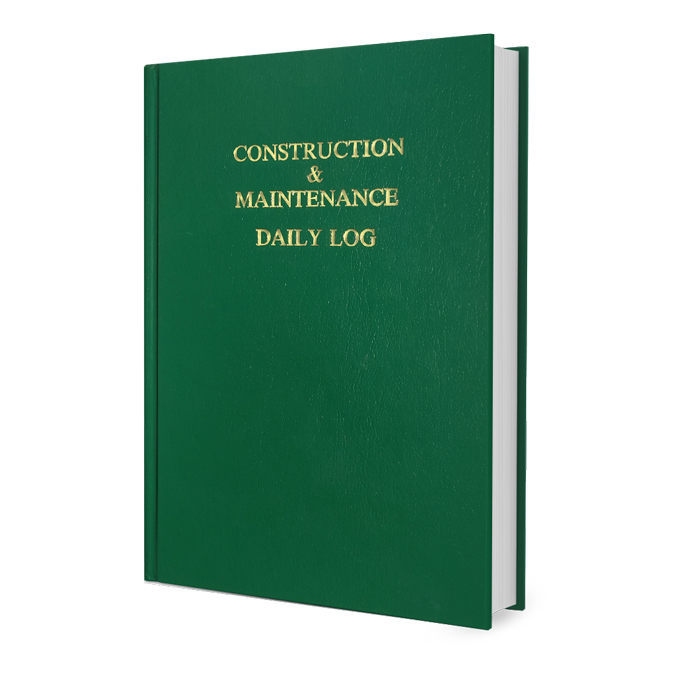Back in March, Treehugger ran an article critical of new “green” corporate campuses being developed by Apple, Facebook and Google. The article mentions the abundance of greenery being swathed over each of these mega projects including acres of green roofs, restored wetlands and a forest of 6,000 newly planted trees. The renderings for each of these projects show lush vegetation throughout, the buildings themselves nearly lost in the sea of green. But under that greenery is hidden something very un-green, very dirty, and very big: Parking garages.
Treehugger dug a little beneath the trees and the grasses and the green roofs and found parking and lots of it: fifteen hundred spaces for Facebook, ten times that for Apple, and probably that much for Google, the article speculates. The article estimates that 6,300 gallons of gasoline will be burned each day “just getting all those Apple engineers to and from work.” The article concludes that far from being the greenest possible projects, as touted by the companies building them, they are instead just “gas-guzzling suburban office park[s]” and that “all that money spent on solar panels and green gizmos … just so 10,500 cars can fill its parking lots” is an “exercise in futility and misdirection.” They look great on the outside but are not so green on the inside.
REDUCING OUR DEPENDENCE ON THE AUTOMOBILE
Most have probably read, or heard, about Tesla inventor Elon Musk’s recent ultra-sustainable gift to the world, something he calls the Hyperloop. Disappointed with California’s proposed plan to build what he considers an out-of-date, slow “high speed” rail project, Musk marshaled energies of himself and a thousand of his company’s engineers to come up with a cheaper, safer, faster and better alternative. The culmination of all of this deep thought is a 57-page blueprint, free to anyone with an Internet connection, for a mass transit system in the state of California.Musk wants someone to take this set of plans and build it. He would do so himself but claims that he is far too busy (at the moment) with his electric car and private space travel businesses.
The paper gets into some heady technical detail but also explains the general concept so the average Joe (like me) can understand:
“Hyperloop consists of a low pressure tube with capsules that are transported at both low and high speeds throughout the length of the tube. The capsules are supported on a cushion of air, featuring pressurized air and aerodynamic lift. The capsules are accelerated via a magnetic linear accelerator affixed at various stations on the low pressure tube with rotors contained in each capsule. Passengers may enter and exit Hyperloop at stations located either at the ends of the tube, or branches along the tube length.”
The capsules travel at speeds more than 700 miles per hour, which results in a travel time between San Francisco and Los Angeles of somewhere in the neighborhood of 30 minutes. The system is to be self-sufficient, powered by solar panels installed atop the tube structure.
HYPE OR HOPE?
Hyperloop sounds too good to be true and while easy to dismiss it as an impossibly harebrained idea or publicity stunt, Musk does have his Tesla and SpaceX successes that gives one pause. After Musk opened his idea to public scrutiny, several articles soon followed deriding Hyperloop as unbuildable folly.
Folly or not, there was one little nugget of information buried in Musk’s paper, something he offered really as more of a side comment, something that piqued my interest greatly:
“The energy could also be stored in the form of compressed air that then runs an electric fan in reverse to generate energy, as demonstrated by LightSail.”
LightSail Energy is a start-up company that makes equipment that can store energy in the form of compressed air. The concept is simple and extremely efficient: Electricity is used to compress air, which produces heat, both of which are stored in tanks. In reverse, the stored air and heat are released to operate a generator, producing electricity. Energy storage is the Holy Grail of the renewable energy market. Electricity can be produced using sun and wind, but until now, there has been no cost-effective, efficient way to store this energy. The technology developed by LightSail could be a boon to renewable energy production and use if it works as promised. The California Energy Commission and the U.S. Navy have ordered LightSail power units scheduled for delivery in 2014. LightSail predicts that it will make $25 million in sales in the year 2015.
WILL IT WORK OR NOT?
In his paper, Musk gives mention to other ideas similar in concept to Hyperloop—Robert Goddard’s Vactrain to proposals in recent decades by the Rand Corporation’s VHST and ET3’s Evacuated Tube Transit Technologies. None have ever been built, and Musk laments, “not even a short distance demonstration system operating in test pilot mode.”
It occurred to me that instead of building all those parking spaces at Apple, Google and Facebook, Musk could partner up with his buddies that own those companies and build a demonstration version of Hyperloop to serve the employees of these new corporate campuses. Instead of hundreds of miles of tubes and hundreds of capsules, Musk could connect these mega campuses to mass transit hubs and park-and-rides and give the bill to Larry Page and Sergey Brin (Google), Tim Cook (Apple) and Mark Zuckerberg (Facebook). It’s a win-win scenario—Musk gets his Hyperloop built and paid for (Have you seen what their stock is trading at lately? Those guys have plenty of money to burn) as a demonstration project, and the captains of industry get to legitimately claim their new corporate campuses Super green. Look ma, no cars!








